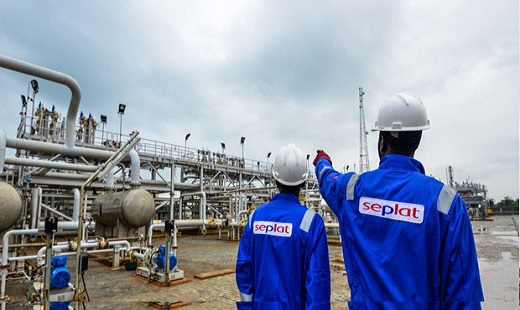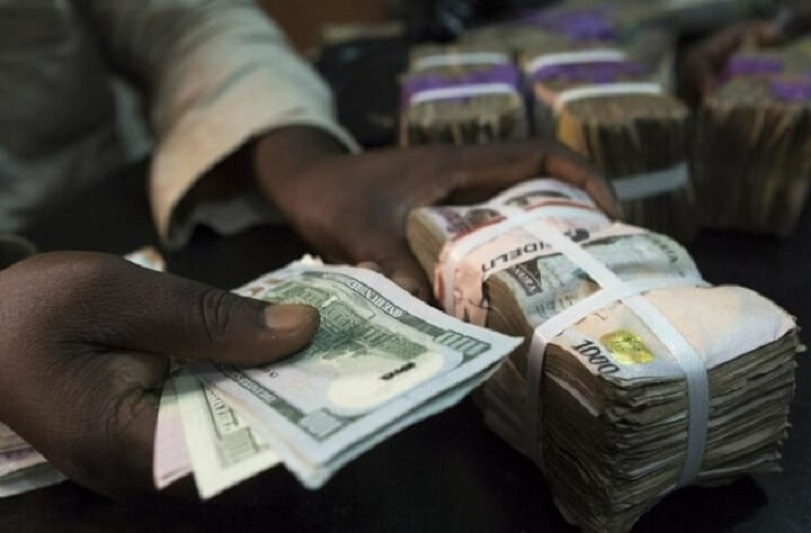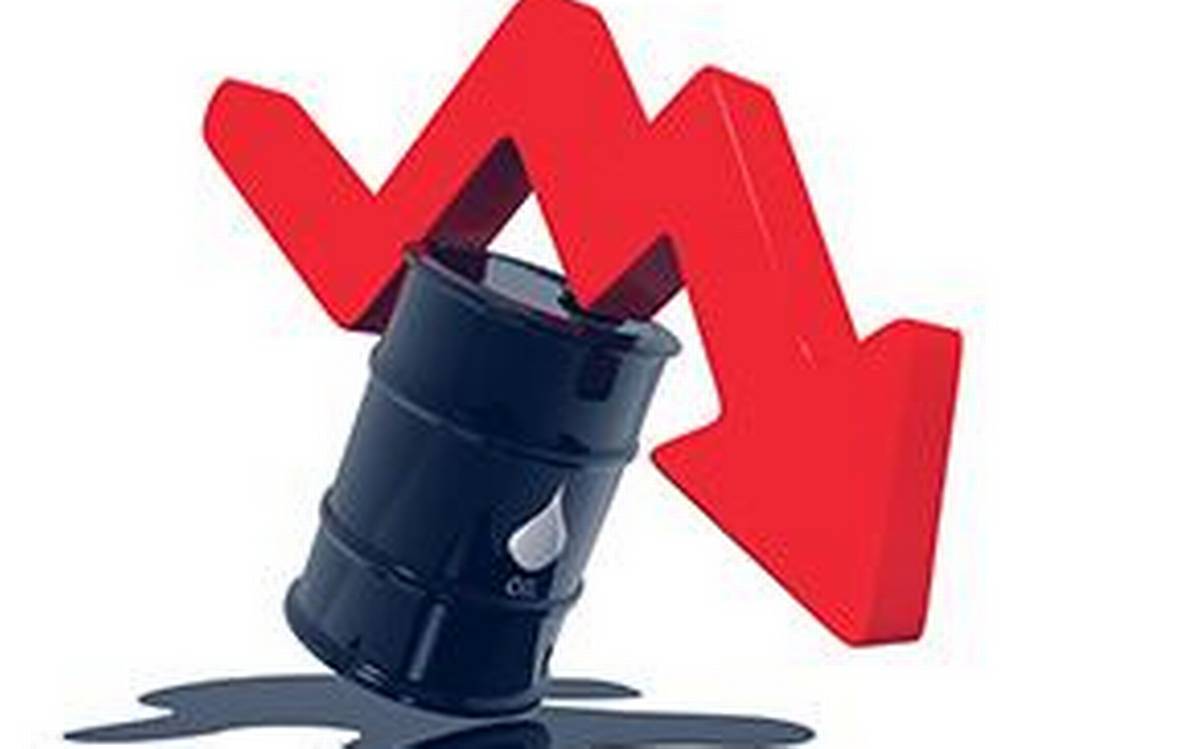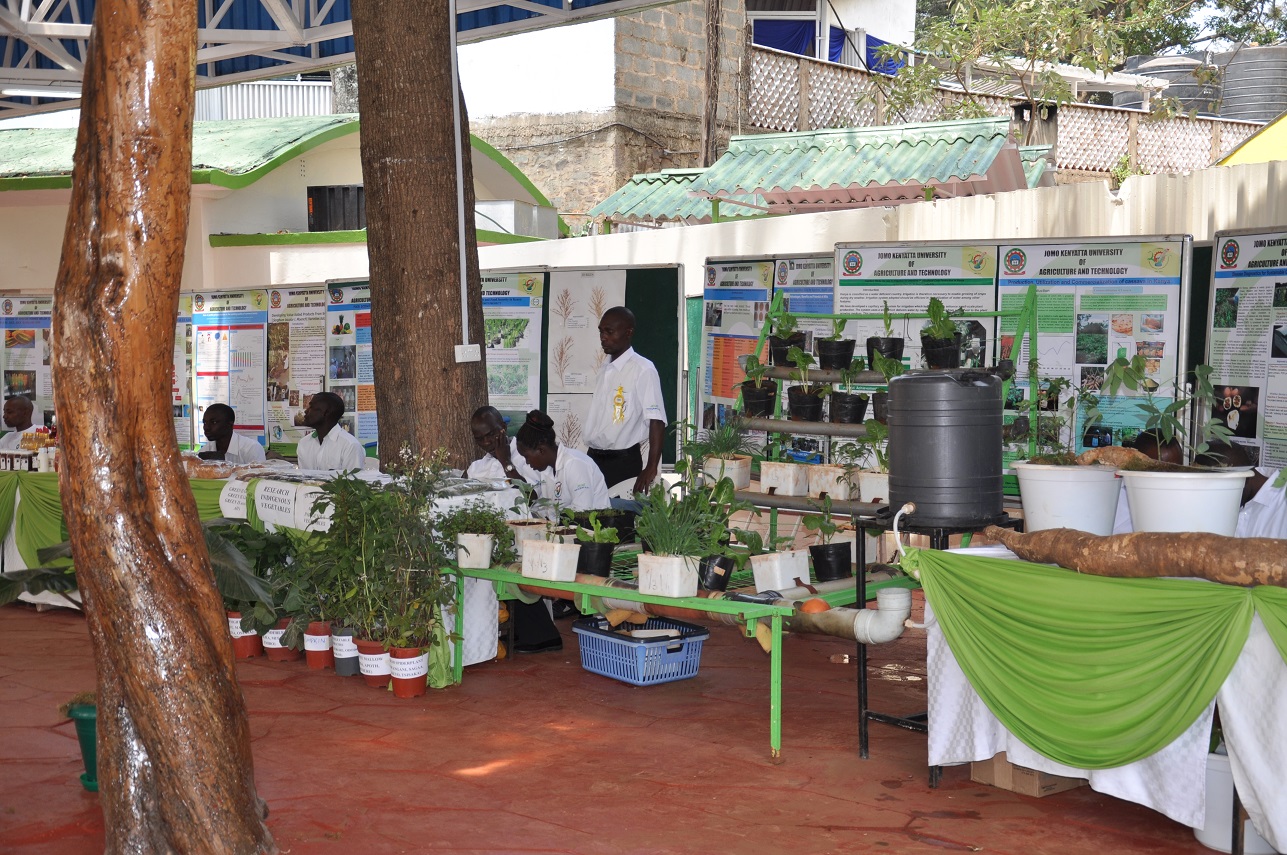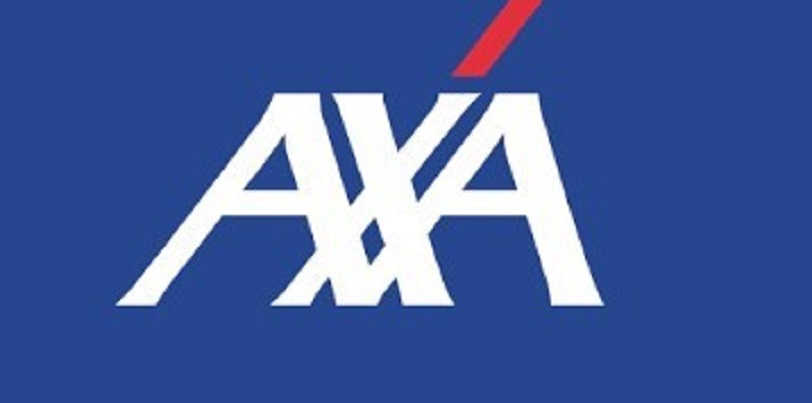By Dipo Olowookere
Last week, one of the companies listed on the Nigerian Stock Exchange (NSE), Seplat Petroleum Development Company Plc (Seplat) announced its intention to issue five or seven-year Dollar denominated bonds to foreign investors.
The notes would be issue to refinance the company’s debts, a statement signed by the oil firm had disclosed.
With investors gearing up for the exercise, one of the renowned rating agencies in the world, Fitch Ratings, has assigned expected senior unsecured ‘B-(EXP)’/’RR4(EXP)’ ratings to the proposed bond issuance.
This information was made known in a statement issued by Fitch on Wednesday, February 28, 2018, which was obtained by Business Post.
Also in the statement, Fitch assigned an expected Long-Term Issuer Default Rating (IDR) of ‘B-(EXP)’ with a Positive Outlook to Seplat.
According to the rating firm, the expected IDR assumes a successful refinancing in 2018, i.e., issuance of USD-denominated senior notes and signing of a new long-term revolving credit facility (RCF).
The assignment of a final IDR is contingent upon the successful completion of the refinancing, with terms and conditions in line with our current assumptions.
The assignment of a final rating to the notes is contingent upon receipt of final documentation substantially in line with draft documentation reviewed.
The ‘B-(EXP)’ IDR reflects Seplat’s small scale by production and reserves, concentration of onshore exploration and production (E&P) assets in Nigeria (B+/Negative), and the cash flow volatility that has been associated with its operating environment.
Specifically, between February 2016 and June 2017, Seplat’s performance was severely impacted by a militant attack and subsequent prolonged downtime at the Forcados oil pipeline and export terminal. The company also has large, albeit declining, receivables from state-owned Nigerian Petroleum Development Company (NPDC).
The force majeure was lifted in June 2017 and Seplat has been ramping up production at its main asset.
Fitch said the Positive Outlook assigned to Seplat reflects its view that the Amukpe-Escravos oil pipeline, which Seplat anticipates to be fully commissioned and operational in Q318, will somewhat mitigate cash flow volatility by providing a viable alternative export route to Seplat.
The successful completion and start of operations of the Escravos oil pipeline coupled with continued production ramp-up across Seplat’s upstream assets could result in an upgrade of the IDR to ‘B’.
Along with the post-restructuring capital structure, the rating captures Seplat’s financial profile over 2018-2020, with forecast funds from operations (FFO) net adjusted leverage expected to remain comfortably below the 3.5x negative sensitivity.
On the key rating drivers, Fitch said Seplat, as a small E&P company with onshore oil and gas assets in Nigeria, had its full year 2017 working interest (WI) production around 37 thousand barrels of oil equivalent per day (kboepd), split nearly equally between liquids and natural gas.
Its main assets are the Oil Mining Leases (OMLs) 4, 38 and 41, production at which was severely constrained in 2016-1H17 due to the closure of the Forcados oil pipeline and export terminal following an attack.
Fitch forecasts that Seplat will continue ramping up its daily oil and gas output to 68kboepd in 2021, which incorporates our conservative estimate of a 20 percent additional downtime on the management forecasts.
It also believes that even following Seplat’s expected production ramp-up in 2018-2021 it will remain a small E&P company with a significant onshore asset concentration in one country. Its WI production and reserves (end-2016 – 241mmboe of proved or 1P reserves) remain commensurate with the ‘B’ category rating for an E&P company.
Fitch said to avoid a repetition of a prolonged downtime experienced when force majeure was declared on the Forcados oil pipeline and export terminal, Seplat and the Nigerian authorities have been working on a number of security options and alternative export routes.
The Nigerian government has prioritised the completion of the 160kbopd Amukpe-Escravos oil pipeline. Seplat currently expects the pipeline to be fully commissioned and operational in 3Q18.
In addition to the Escravos pipeline, two jetties at the domestic Warri oil refinery have been upgraded to allow exports of 30kbopd gross.
However, this is a more expensive option as barging of crude is required and Seplat plans to use Escravos as the primary crude export route, supported by Forcados and the Warri refinery routes.
“We believe that these measures when fully operational should provide adequate flexible cover for Seplat’s export transportation needs, but nonetheless conservatively model additional downtime of 20% in our forecasts for 2018-2020,” the rating agency said in its report.
It noted that following the resumption of production at OLMs 4, 38 and 41 in June 2017, Seplat’s financial profile has improved materially.
“Our 2017 base case forecasts FFO at $134 million vs. negative $11 million in 2016 and FFO net adjusted leverage of 2.5x vs. 8.5x at end-2016.
“We expect that Seplat will maintain a conservative financial profile over 2018-2020, with positive free cash flow (FCF), FFO adjusted net leverage under 2.5x and interest coverage of at least 3x,” it said.
Seplat’s 2017 gas revenues of $124 million were up 18 percent year-on-year and its daily gas sales averaged 293MMscfd (gross, not WI) in 4Q17. Seplat aims to increase gas supply to the domestic Nigerian market. Its gas processing capacity stands at 525MMscfd, while current wells can deliver around 400MMscfd (gross).
Nigerian gas prices are largely de-linked from oil prices, e.g. while average realised oil prices dropped by 21 percent between 2015 and 2016, gas prices increased by 19 percent. Seplat projects a higher share of gas in its production volumes, from 50 percent in 2017 to 60 percent in 2021.
“We view positively the higher share of gas in the sales mix, as it provides a more stable source of revenues.
However, gas remains the smaller business and is projected to account for less than 25 percent of the company’s gross revenues in 2021. Gas sales are also subject to credit risks and FX risks, as USD-linked payments for gas are made in Naira,” Fitch stated.
The rating company said the senior notes and secured RCF are expected to be issued by Seplat and will benefit from pari-passu upstream guarantees from Seplat West Ltd (contributor to almost 100 percent of consolidated EBITDA in 2017), Newton Energy and Seplat East Swamp Ltd.
The RCF will further benefit from a security package including a pledge over the shares of Seplat West and Newton, thus ranking it ahead of senior notes under our recovery analysis.
The notes benefit from a standard high-yield covenant package including covenants on permitted payments, incurrence of indebtedness and issuance of preferred stock, merger, consolidation or sale of assets, investments, creation of certain liens, pari passu in right of payment, and contain no financial maintenance covenants.
On its key assumptions, Fitch said they were based on Brent price deck of $52.5/bbl in 2018, $55/bbl in 2019 and $57.5/bbl thereafter; successful renewal of licenses for OMLs 4, 38 and 41 that expire in June 2019; domestic gas prices of between $2.5/mscf and $3/mscf, in line with management forecasts; and daily oil and gas production volumes ramping up from about 37kboepd in 2017 to 68kboepd in 2021, including a 20 percent additional downtime on the management forecasts.
Other were Opex (excluding royalties) improving from about $7.5/boe in 9M17 to about $6.5/boe in 2020-2021, 20 percent more conservative than management forecasts; average capex of about $105 million in 2017-2021, in line with management forecasts; and other cash inflows and outflows as projected plus $100 million additional outflows assumed by Fitch in each 2019-2021.
On the assumptions that relate to recovery estimates, Fitch its bespoke recovery analysis considered Seplat’s value on a going-concern basis in a distressed scenario and assumed that the company would keep its operating licenses and would be restructured rather than liquidated.
Fitch also applied a 25 percent discount to the 2017 EBITDA reflecting its view of a sustainable, post-reorganisation level upon which it based the valuation of the company. The discount reflects risks associated with the oil price volatility, potential unplanned downtime and other adverse factors.
In addition, the 4.5x multiple was used to calculate a post-reorganisation enterprise value (EV), reflecting a mid-cycle multiple for oil & gas and metals & mining companies in the EMEA region. This considered that Seplat does not have any unique characteristic that would allow for a higher multiple, such as significant market share, or undervalued assets.
As per Fitch’s criteria, the new and prior ranking RCF is assumed to be fully drawn and it has also taken 10 percent off the EV to account for administrative claims.
The waterfall results in a 100 percent recovery corresponding to a ‘RR1’ Recovery Rating for the RCF. The noteholders could achieve a recovery of 70% (RR3) but are capped at ‘RR4’ (soft cap), in line with Fitch’s criteria as Seplat’s physical assets are located in Nigeria.
Fitch said it expects Seplat’s liquidity to improve post refinancing, supported by positive FCF generation and a manageable maturity profile.
Fitch-projected FCF is around $125 million in 2018 and $66 million in 2019 because as at December 31, 2017, Seplat had the equivalent of $437 million in cash.


